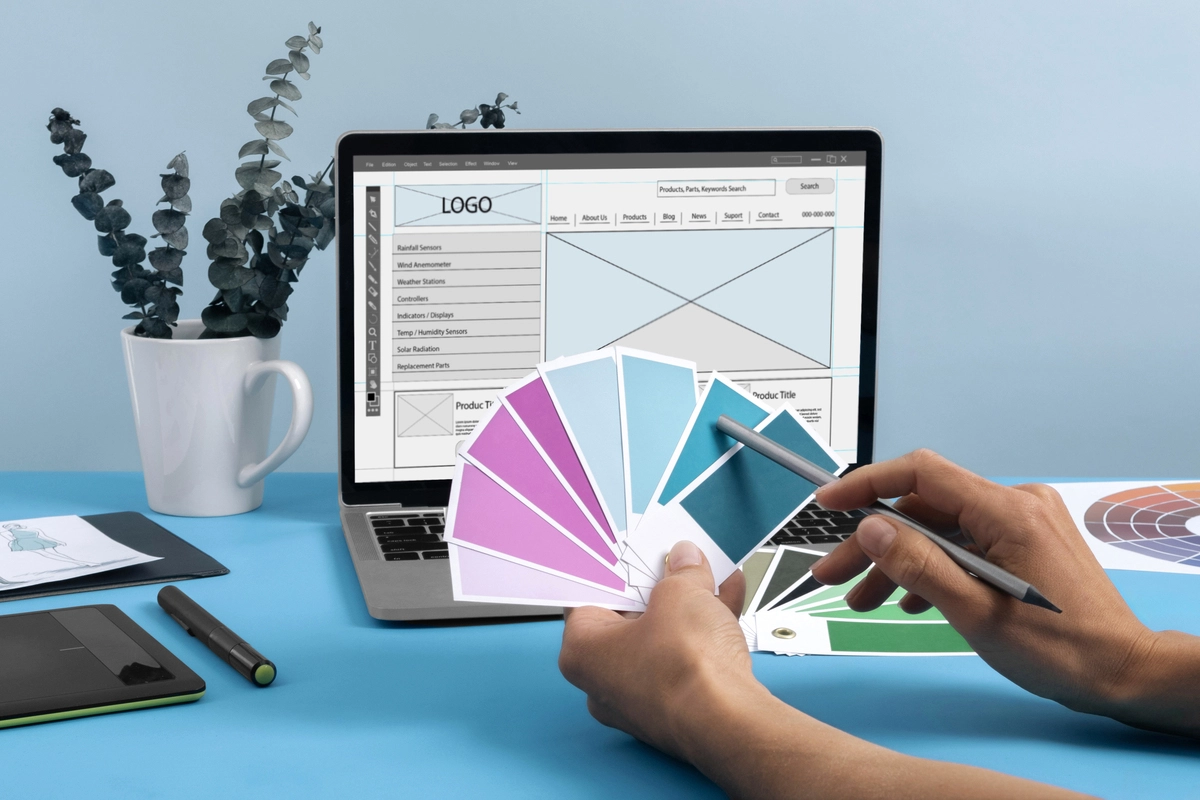Understanding Image Similarity Thresholds
When searching for duplicate or similar photos, it's not always about finding exact copies. Sometimes images have been resized, cropped, slightly edited, or saved in different formats — yet they’re still essentially the same. This is where the concept of an image similarity threshold becomes crucial.

In this article, we’ll explain what image similarity thresholds are, how they affect duplicate photo detection, and how to use them effectively with tools like Duplicate Photo Cleaner.
What Is an Image Similarity Threshold?
An image similarity threshold is a setting that determines how closely two images must match to be considered duplicates. The threshold is usually defined as a percentage — for example, 100% similarity means exact matches, while 85% allows for small differences.
Tools like Duplicate Photo Cleaner let users set this threshold manually, giving them control over how strict or lenient the detection process is.
Why Similarity Thresholds Matter
Duplicate photo detection isn’t just about finding clones with the same file name. Real-world photo libraries contain many “near duplicates” such as:
- Edited versions of the same photo (cropped, filtered, color corrected)
- Photos taken in burst mode with minimal changes
- Resized versions for web vs print
- Re-saved JPEGs that slightly degrade image quality
Without adjusting the similarity threshold, you may miss these duplicates — or falsely identify unique photos as duplicates.
How Threshold Settings Work in Practice
Let’s break down how different thresholds behave:
100% Similarity
- Only exact pixel-by-pixel matches are detected.
- Best for removing true duplicates with no edits.
- Fastest scanning, but least flexible.
90%–99% Similarity
- Detects images with minor changes: metadata differences, small edits, or compression.
- Useful for identifying saved-as copies or batch exports.
80%–89% Similarity
- Catches resized, slightly cropped, or re-colored versions.
- Great for photographers comparing edited versions from the same shoot.
70%–79% Similarity
- Detects more variations — like multiple takes of the same subject or filtered images.
- Risk of flagging similar but unique shots (e.g., burst photos or group shots).
Below 70%
- Broad match for visually similar content.
- Best for exploratory scans or artistic work.
- Higher chance of false positives.
Setting the Right Threshold: Use Cases
Case 1: Clean Up Cloned Backup Folders
Recommended Threshold: 100%
You want to remove exact copies from cloned directories or synced drives.
Case 2: Identify Slightly Edited Versions
Recommended Threshold: 85%–95%
Catch files that have minor edits — like watermarking or brightness adjustments.
Case 3: Organize Professional Photoshoots
Recommended Threshold: 75%–85%
Group and eliminate repetitive shots from burst mode or bracketed exposures.
Recommended Threshold: 80%
Find and remove resized or compressed versions used for web sharing.
Case 5: Clean Up Old Cloud Uploads
Recommended Threshold: 90%–100%
Handle duplicates that occurred from re-syncing or app migrations.
How Duplicate Photo Cleaner Uses Similarity Thresholds
Duplicate Photo Cleaner features a user-adjustable similarity slider ranging from 50% to 100%. Here’s how it enhances the workflow:
- Custom Scan Mode: Set thresholds based on your intent (strict clone removal or relaxed similarity search).
- Side-by-Side Previews: Review visually similar pairs before confirming deletion.
- Auto-Mark Smart Rules: Automatically selects lower-quality or smaller images to remove.
This approach provides both control and safety when managing your image library.
Tips for Using Similarity Thresholds Effectively
- Start High, Then Lower: Begin with a high threshold (e.g., 95%) to catch the most obvious duplicates safely. Gradually lower if needed.
- Review Manually Below 85%: Always preview results manually at lower thresholds to avoid deleting unique images.
- Use Folder Scope Filters: Focus on specific folders or date ranges to reduce false positives.
- Combine With Metadata Filters: Some tools let you compare based on size, resolution, or format in addition to similarity.
Common Misconceptions
- “Lower thresholds find more duplicates.”
Not always. They find more similar images, but not necessarily duplicates.
- “Exact duplicates mean same filename.”
False. File names and metadata can differ even if image content is identical.
- “High thresholds are safer.”
Yes, but they may miss similar versions that waste space or clutter your workflow.
Conclusion
Understanding and using image similarity thresholds is essential for anyone looking to effectively clean up or organize their photo collections. Whether you’re managing a casual family album or a professional photo archive, adjusting this setting gives you precision and flexibility.
Duplicate Photo Cleaner makes this process intuitive by allowing real-time threshold adjustments and visual previews. With smart use of similarity percentages, you can strike the perfect balance between accuracy and thoroughness — ensuring a cleaner, more efficient photo library.
